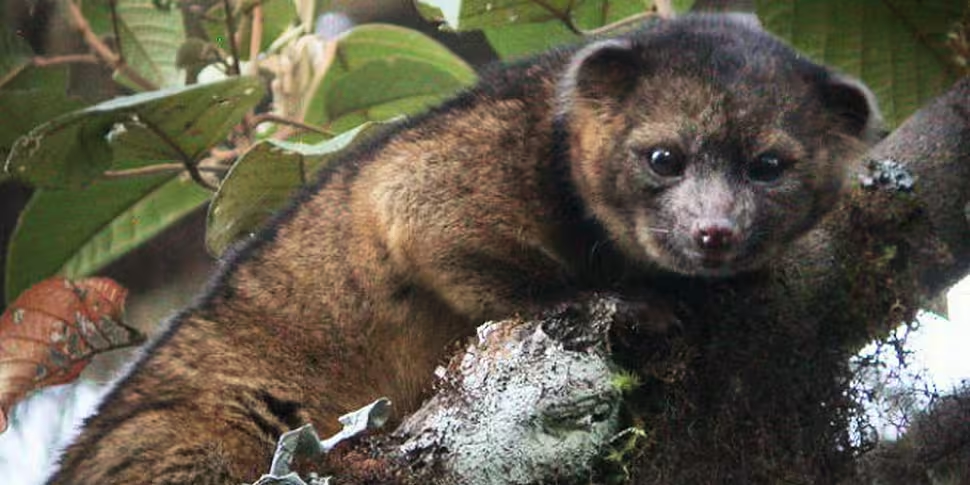The new discovery is a sister species of the olingo, although recognisable through its thicker, longer fur and smaller skull. The two animals are so similar that scientists have actually mistaken olinguito specimens for olingos for decades. Indeed, a female olinguito was even a resident of several US zoos during the 1960s and 70s, baffling zoologists when it refused to mate with male olingo partners - a mystery that has belatedly been explained.
In terms of appearance, the olinguito has a distinctive reddish brown or orange fur, and are typically around 14 inches long with a potentially longer tail. They spend much of their time in trees.
The olinguito is the first new carnivorous mammal to be discovered in the Western Hemisphere since the 1980s. Although the mostly nocturnal creature has been observed eating insects - hence its carnivore tag - its diet is particularly fruit heavy.
Olinguitos have been discovered in the ‘cloud forests’ of the Andes, specifically locations in Colombia and Ecuador. They are typically found at elevations of between 5,000 and 9,000 feet. Smithsonian scientists have identified several other South American locations that could potentially house populations of the newly discovered species.
Although the olinguito is not suspsected to be endangered, large portions of their cloud forest habitat have been destroyed in recent times. Smithsonian’s Kristofer Helgen says “this is the first step. Proving that a species exists and giving it a name is where everything starts. This is a beautiful animal, but we know so little about it. How many countries does it live in? What else can we learn about its behavior? What do we need to do to ensure its conservation?”
(Image: Mark Gurney via Smithsonian)









